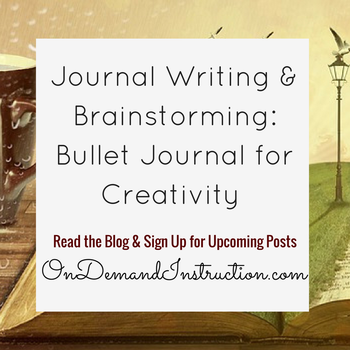
We know that journaling has many applications that can benefit people from all walks of life—professionals, students, parents, teens, academics, and creative types—like artists and writers. Journaling can bring about a state of mindfulness, where people can slow down time and concentrate on a self-care activity. It can offer a creative outlet for those seeking an accessible means for expression. And it can be a gateway into establishing a productive writing practice.
The most wonderful aspect of journal writing is its versatility. People can use it in different situations to meet different needs, and it remains relevant since it is a flexible practice. Since journaling is a flexible activity, writers can begin a journal that is focused on goal setting and work towards reaching a dream, then change to journal about reflections of events in the past. Journal writing changes with us. As we switch subjects and interests, it stays there and allows for a comfortable space to meet our needs. While journaling, we can be professional, creative, parental, friendly, depressed, anxious, confident, entrepreneurial, or organized. Anything works in the pages of a journal.
When we journal, we are our whole selves. We can explore the ideas that comes into our minds, ponder the questions that make us curious, and wander through avenues of new ideas.
While journaling, writers can brainstorm ideas for creative projects, and there are activities to make this process more productive. When we brainstorm, we want to collect all the questions, ideas, details, and thoughts that we possibly can in an effort to explore our ideas. What starts as a passing thought can turn into a well-loved novel. Bullet Journaling
|
Related Blog Posts
About the Site
Welcome, Writers!
ODI seeks to provide emerging writers with useful resources to get your writing moving forward.
Archives
September 2023
August 2023
March 2023
January 2023
December 2022
October 2022
May 2022
April 2022
January 2022
December 2021
November 2021
May 2021
March 2021
February 2021
January 2021
June 2020
May 2020
April 2020
March 2020
February 2020
December 2019
November 2019
October 2019
September 2019
July 2019
June 2019
March 2019
February 2019
January 2019
December 2018
November 2018
October 2018
September 2018
August 2018
May 2018
April 2018
March 2018
February 2018
January 2018
December 2017
November 2017
October 2017
July 2017
June 2017
May 2017
April 2017
March 2017
February 2017
January 2017
December 2016
November 2016
October 2016
September 2016
August 2016
July 2016
June 2016
May 2016
February 2016
January 2016
August 2015

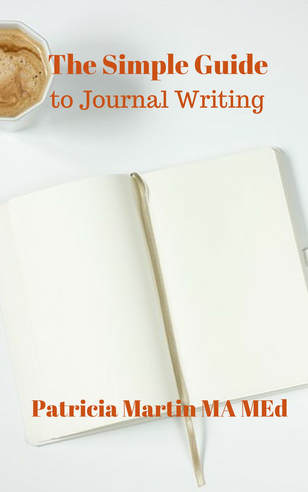
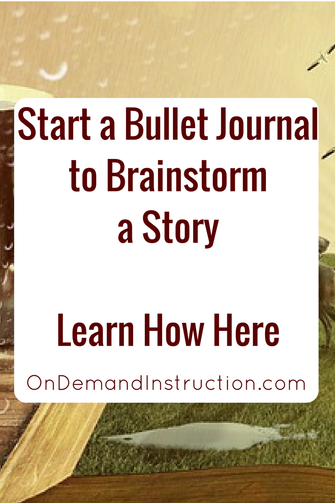
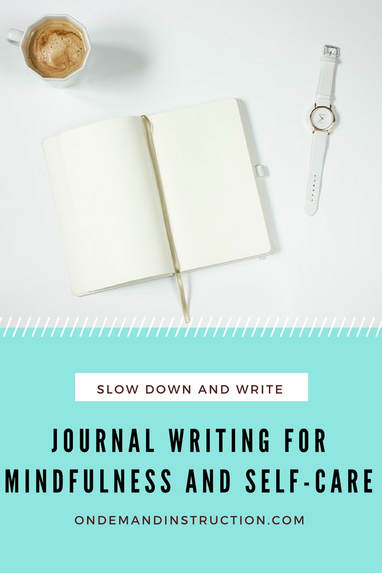

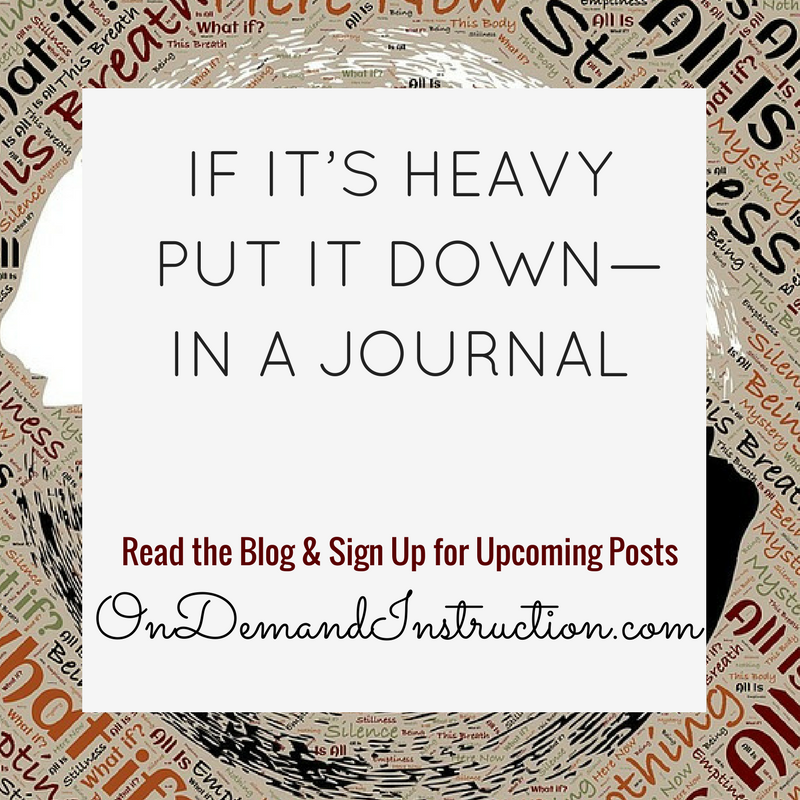

 RSS Feed
RSS Feed